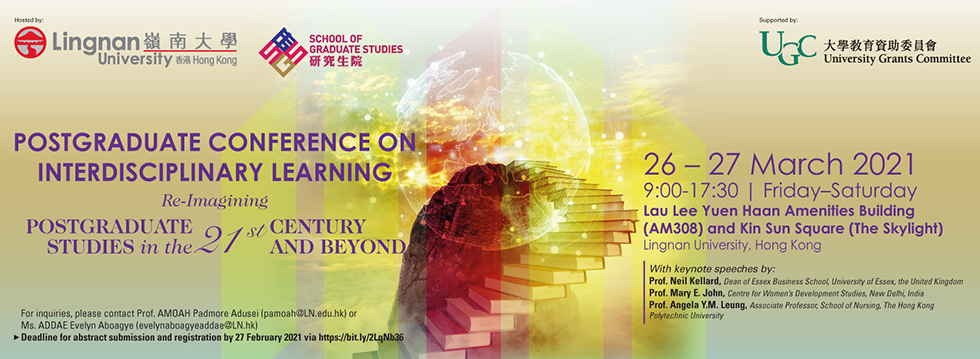
Introducing Russian quasi subject structures such as Книга легко читается / The book reads easily
Start Date
26-3-2021 2:00 PM
End Date
26-3-2021 2:10 PM
Description
Many linguistic studies focus on the ways, methods and means of representing the linguistic map of the world of a language speaker. Apart from this, there is an issue of language means which help categorise and conceptualise the reality. Thus, when studying a particular linguistic structure, it is essential to analyse its components to fully comprehend and describe its cognitive status and meaning in the language.
The research focuses on the problem of defining the meaning in such quasisubject structures as Книга легко читается / The book reads easily as nowadays their cognitive status has not been thoroughly outlined yet. The key methods of the research are hypothetico-deductive method and content-analysis which help sample the examples of quasisubject structures from various resources, generate a list of relevant examples representing the aforementioned structures, and then conduct a comprehensive analysis of their components and meaning.
As a result, the study outlines the subject types used in these structures and presents their quantitative ratio that helps define which subject type is more prevalent within the framework of a quasisubject construction. Eventually, relying on the aspects of the respective linguistic map of the word is possible to cover the cognitive status of quasisubject constructions.
Recommended Citation
Shestopalova, A. (2021, March). Introducing Russian quasi subject structures such as Книга легко читается / The book reads easily. Presented at the Postgraduate Conference on Interdisciplinary Learning: Re-Imagining Postgraduate Studies in the 21st Century and Beyond. Lingnan University, Hong Kong.
Introducing Russian quasi subject structures such as Книга легко читается / The book reads easily
Many linguistic studies focus on the ways, methods and means of representing the linguistic map of the world of a language speaker. Apart from this, there is an issue of language means which help categorise and conceptualise the reality. Thus, when studying a particular linguistic structure, it is essential to analyse its components to fully comprehend and describe its cognitive status and meaning in the language.
The research focuses on the problem of defining the meaning in such quasisubject structures as Книга легко читается / The book reads easily as nowadays their cognitive status has not been thoroughly outlined yet. The key methods of the research are hypothetico-deductive method and content-analysis which help sample the examples of quasisubject structures from various resources, generate a list of relevant examples representing the aforementioned structures, and then conduct a comprehensive analysis of their components and meaning.
As a result, the study outlines the subject types used in these structures and presents their quantitative ratio that helps define which subject type is more prevalent within the framework of a quasisubject construction. Eventually, relying on the aspects of the respective linguistic map of the word is possible to cover the cognitive status of quasisubject constructions.

